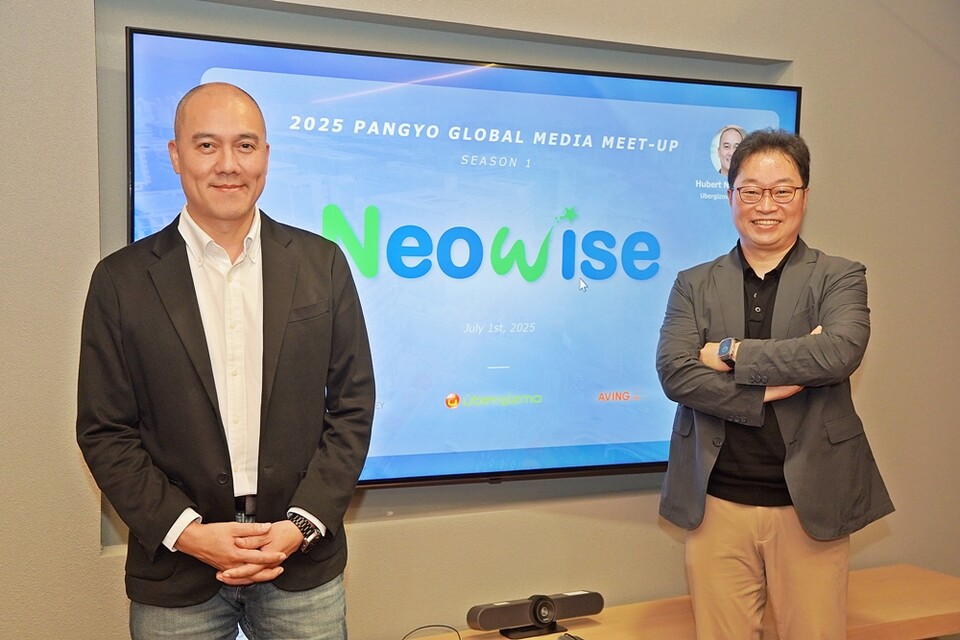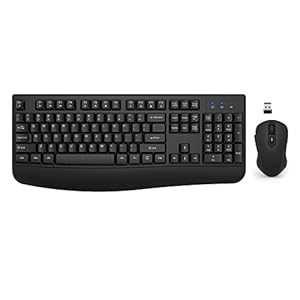Each actually good machine must understand its environment, however as we speak’s AI programs typically depend on power-hungry {hardware} and fixed cloud connections. That strategy creates a niche between what’s technically potential and what’s sensible for robots, autonomous autos, and different gadgets on the fringe of the Web of Issues (IoT).
Underneath the banner of “Bodily AI,” builders are pushing intelligence out of knowledge facilities and into sensors, cameras, and tiny modules—so machines could make split-second selections with out sending each body again to the cloud. Conventional cloud-based inference can introduce latency, unpredictable prices, and privateness issues, driving the shift towards on-device AI or Edge AI.
On the coronary heart of this shift lies inference: the part of deep studying the place a skilled mannequin takes new inputs—photos, video streams, sensor readings—and delivers real-time predictions. In contrast to coaching, which calls for huge information units and heavy computation, inference is a streamlined “ahead cross” that should occur quick and sometimes with minimal energy.
Edge inference permits a supply drone to detect obstacles on the fly, a manufacturing unit digital camera to identify defects immediately, or a subway security system to set off alerts in milliseconds, with out ready on round-trip community delays (latency).
NeoVision, referred to as the “Mind of Issues” by Neowise, is designed to bridge this hole. Relatively than adapting generic basis fashions, Neowise develops its personal inference engines from the bottom up. By tailoring every neural community and software program stack, NeoVision squeezes most efficiency into tiny footprints. The purpose is obvious: run refined imaginative and prescient duties on minimal {hardware} in order that even battery-powered gadgets can function and huge fleets of vision-capable programs could be deployed with out onerous infrastructure prices.
To attain its power-saving ambitions, NeoVision faucets two frontier applied sciences. First, Silicon Photonics guarantees as much as 100× larger power effectivity than standard silicon chips by transmitting information as gentle, not electrons. Second, Quantum Computing methods purpose to speed up key operations at fractions of as we speak’s energy budgets.
Though each fields are nonetheless maturing, Neowise believes this twin-track funding will in the end slash inference-chip energy consumption by roughly 35× in comparison with GPU-style {hardware}—and drive complete system prices down by almost two-thirds versus legacy options.
Till not too long ago, programs leaned on GPUs tethered to cloud servers for heavy lifting. Firms struggled with 200-watt modules and 350-watt server racks—or confronted the trade-off of lower-precision fashions that missed delicate defects or hazards. As we speak’s interim fixes embrace hybrid architectures that break up workloads between the sting and information heart, however they nonetheless add complexity and price.
In contrast, NeoVision’s all-in-one chip-and-software resolution retains each inference and occasional mannequin updates on the system itself, reducing latency to microseconds and eliminating recurring cloud charges.
Neowise, based on April 12, 2024 is led by Charlie Shin (CEO) alongside co-founders Ned Jo (CTO) and Rocky Son (COO). From its early years, the startup has racked up milestones—an MVP of energetic studying by November 2024, a cloud-NPU pilot by December, and partnerships for subway security options in mid-2025. Its staff combines deep experience in AI, photonics, and robotics, backed by a rising patent portfolio and strategic agreements with sensor producers and system integrators.

Neowise CEO Charlie Shin (proper), Ubergizmo Co-founder Hubert Nguyen (left) | Photograph by AVING Information
NeoVision’s business technique rests on 4 pillars. First, Neowise will license its proprietary information units and foundational algorithms. Second, it gives important features—object detection, hazard warning, SLAM—by APIs or software program subscriptions. Third, it’s creating its personal NPU chips, cloud platform, and common SDK for seamless deployment.
Lastly, it plans to allow NPU-driven digital camera and robotic imaginative and prescient options so companions can construct customized edge-AI programs with out reinventing the stack. The imaginative and prescient is daring, however as as we speak’s Bodily AI wave accelerates, NeoVision goals to turn into the go-to “mind” for any system that should see and determine on the velocity of sunshine.
Filed in . Learn extra about AI (Artificial Intelligence), GPU (Graphics Processing Unit), Korea, Semiconductors and Startups.
Trending Merchandise

Acer Aspire 3 A315-24P-R7VH Slim Laptop computer | 15.6″ Full HD IPS Show | AMD Ryzen 3 7320U Quad-Core Processor | AMD Radeon Graphics | 8GB LPDDR5 | 128GB NVMe SSD | Wi-Fi 6 | Home windows 11 Residence in S Mode

LG 27MP400-B 27 Inch Monitor Full HD (1920 x 1080) IPS Display with 3-Side Virtually Borderless Design, AMD FreeSync and OnScreen Control – Black

Thermaltake V250 Motherboard Sync ARGB ATX Mid-Tower Chassis with 3 120mm 5V Addressable RGB Fan + 1 Black 120mm Rear Fan Pre-Installed CA-1Q5-00M1WN-00

TP-Hyperlink AXE5400 Tri-Band WiFi 6E Router (Archer AXE75)- Gigabit Wi-fi Web Router, ax Router for Gaming, VPN Router, OneMesh, WPA3

CORSAIR iCUE 4000X RGB Tempered Glass Mid-Tower ATX PC Case – 3X SP120 RGB Elite Followers – iCUE Lighting Node CORE Controller – Excessive Airflow – Black

Wireless Keyboard and Mouse Combo, EDJO 2.4G Full-Sized Ergonomic Computer Keyboard with Wrist Rest and 3 Level DPI Adjustable Wireless Mouse for Windows, Mac OS Desktop/Laptop/PC








